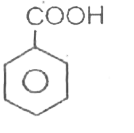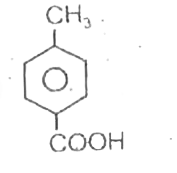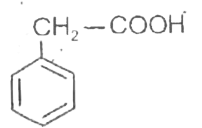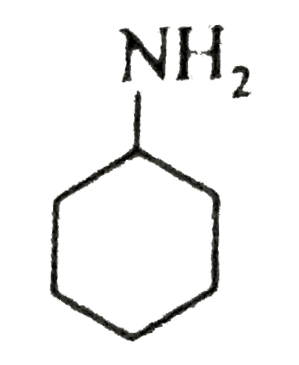ACl2−−→BAgCN−−−→C[H]−−→(CH3)2 NH Reactant [ A ] is :
Methane
Ethane
Ethene
Propane
The correct Answer is:A
To solve the question, we need to identify the reactant A that leads to the final product of a secondary amine through the given reactions. Let's break down the steps:
Step 1: Identify the Final Product
The final product is a secondary amine, which is represented as (CH₃)₂NH. This indicates that the amine has two methyl groups attached to the nitrogen atom.
Step 2: Determine the Preceding Reaction
The reaction preceding the formation of the secondary amine involves a compound that undergoes chlorination with Cl₂. Chlorination typically replaces a hydrogen atom with a chlorine atom.
Step 3: Consider Possible Reactants
To produce a secondary amine, we need to consider what reactant could yield (CH₃)₂NH after chlorination and subsequent reactions. The simplest compound that can yield this product is dimethylamine itself.
Step 4: Analyze the Chlorination Reaction
If we start with a compound like methane (CH₄) and chlorinate it, we would get CH₃Cl (methyl chloride). However, this would not lead us to a secondary amine.
If we start with ethane (C₂H₆), chlorination would yield CH₃CH₂Cl (ethyl chloride), which also does not lead to a secondary amine.
Step 5: Identify the Correct Reactant
The correct reactant A that can lead to the formation of (CH₃)₂NH through the chlorination reaction is dimethylamine (CH₃)₂NH. This compound can react with Cl₂ to produce a chlorinated product, which can then react with AgCN to form an isocyanide, and finally undergo reduction to yield the secondary amine.
Conclusion
Thus, the reactant A is dimethylamine (CH₃)₂NH.
---
The final product is a secondary amine, which is represented as (CH₃)₂NH. This indicates that the amine has two methyl groups attached to the nitrogen atom.
The reaction preceding the formation of the secondary amine involves a compound that undergoes chlorination with Cl₂. Chlorination typically replaces a hydrogen atom with a chlorine atom.
To produce a secondary amine, we need to consider what reactant could yield (CH₃)₂NH after chlorination and subsequent reactions. The simplest compound that can yield this product is dimethylamine itself.
If we start with a compound like methane (CH₄) and chlorinate it, we would get CH₃Cl (methyl chloride). However, this would not lead us to a secondary amine.
The correct reactant A that can lead to the formation of (CH₃)₂NH through the chlorination reaction is dimethylamine (CH₃)₂NH. This compound can react with Cl₂ to produce a chlorinated product, which can then react with AgCN to form an isocyanide, and finally undergo reduction to yield the secondary amine.
Thus, the reactant A is dimethylamine (CH₃)₂NH.
Similar Questions
Knowledge Check
- Question 1 - Select One
SOCl2−−−→(A)KCN−−→(B)H+−−→(C ), the compound (C ) is
 A
A B
B C
C D
D
- Question 2 - Select One
CH3BrAgCN−−−→AH2O+−−−→B,[B] is
ACH3NH2B(CH3)NHCC2H5NH2DCH3COOH - Question 3 - Select One
(A)CI2/h2−−−−→(B)aq.KOH−−−−→(C)[O]−−→CH3CHO
Identify A,BandC .AEthyl alcohol, Ethyl chloride and EthaneBEthane Ethyl chloride and Ethyl alcoholCPropane Propyl chloride and Propyl alcoholDAll of the above
C2H5BrAgCN−−−→PH3O+−−−→HCOOH+Q, Q is
View SolutionC2H5NH2HNO2−−−→APCl3−−→BNH3−−→C
Recognise the compound C from the followingView SolutionThe product D of the reaction CH3ClKCN−−→(A)H2O−−→(B)NH3−−→(C)Δ−−→(D) is
View SolutionCH3COOHAgOH−−−−−→Br2[A]AgCN [B] HOH−−→ [ C] + [D], in reaction [C] & [D] are
View SolutionCH3COOHAgOH−−−−−→Br2[A]AgCN [B] HOH−−→ [ C] + [D], in reaction [C] & [D] are
View Solution


